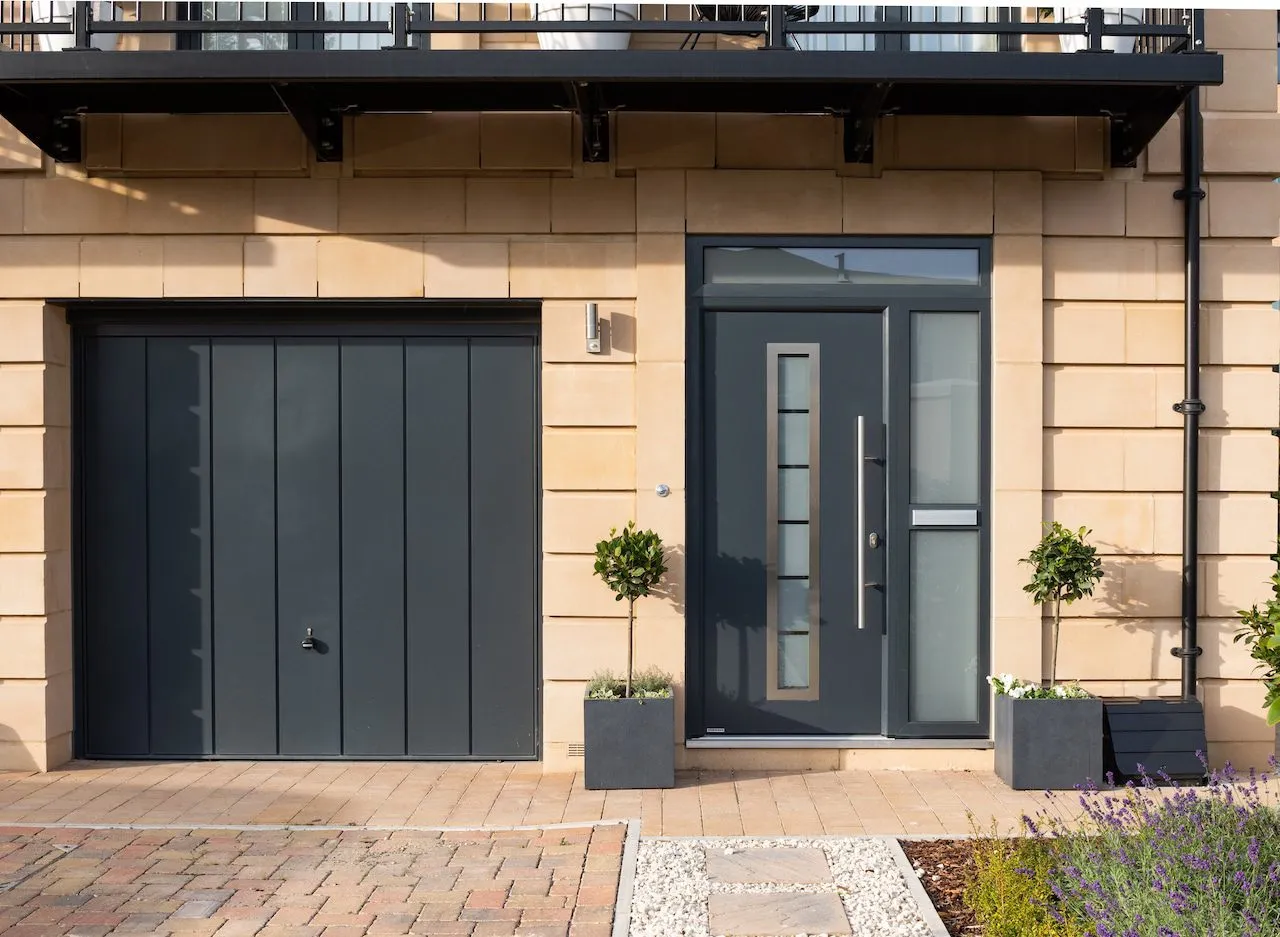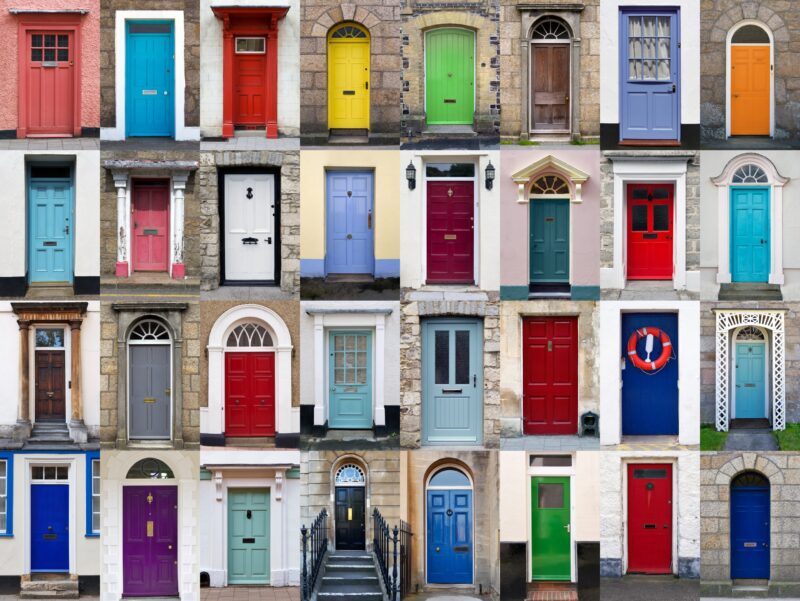When it comes to choosing the right door for your home, the decision often comes down to balancing aesthetics, durability, and cost. In this blog post, we’ll delve into a comparative analysis between composite doors and traditional wooden doors, shedding light on their cost-benefit aspects. We aim to equip you with the insights needed to make an informed decision that aligns with your home’s style and your personal preferences.
Composite Doors: The Modern Alternative
Composite doors are constructed from a mixture of materials, including PVC, wood, insulating foam, and GRP (glass-reinforced plastic). This combination results in a door that is not only sturdy and resistant to weathering but also remarkably secure. Unlike wooden doors, composite doors do not warp, crack, or require regular painting. This reduces long-term maintenance costs and efforts, making them an ideal choice for those seeking a blend of functionality and ease.
Energy efficiency is another significant advantage, particularly noted in models like composite front doors. Their insulated core helps to keep your home warmer in winter and cooler in summer, potentially lowering energy bills. Initially, composite doors, including the popular composite front doors, can be more expensive than traditional doors; however, the reduction in maintenance costs and energy savings can make them a more cost-effective option in the long run. Additionally, their longevity means that they might not need to be replaced as frequently as wooden doors.
Traditional Wooden Doors: Timeless Elegance

One of the main attractions is their aesthetic appeal. Wood offers a timeless elegance that many homeowners desire, and it can be easily customized in terms of design, size, and color. This makes them an excellent option for those looking to add a traditional or bespoke element to their home. However, this customization and the quality of materials can come at a higher initial cost compared to composite doors.
The major downside of traditional doors is their high maintenance requirements. Wood is prone to weathering effects like warping, cracking, and rotting, which can compromise the door’s integrity and appearance over time. Regular sanding, painting, or varnishing is necessary to keep a door in good condition, which can add up in terms of both cost and labor. Additionally, wooden doors might not provide the same level of insulation as composite doors, leading to higher energy costs.
Safety and Security: A Closer Look
They are renowned for their strength and durability, which naturally extend to superior security features. These doors often come equipped with advanced locking mechanisms, robust hinges, and a solid construction that resists forced entry. The strength of composite materials combined with these security features makes composite front doors particularly attractive to homeowners concerned about safety.

Conclusion
Choosing between composite and traditional wooden doors depends on various factors including budget, aesthetic preference, and willingness to maintain. They offer a practical, low-maintenance solution with excellent security and energy efficiency, making them ideal for modern homes. On the other hand, wooden doors offer unmatched natural beauty and customization but require more upkeep and may contribute to higher long-term costs. Ultimately, the decision should align with your home’s style, your values, and your long-term living situation.


